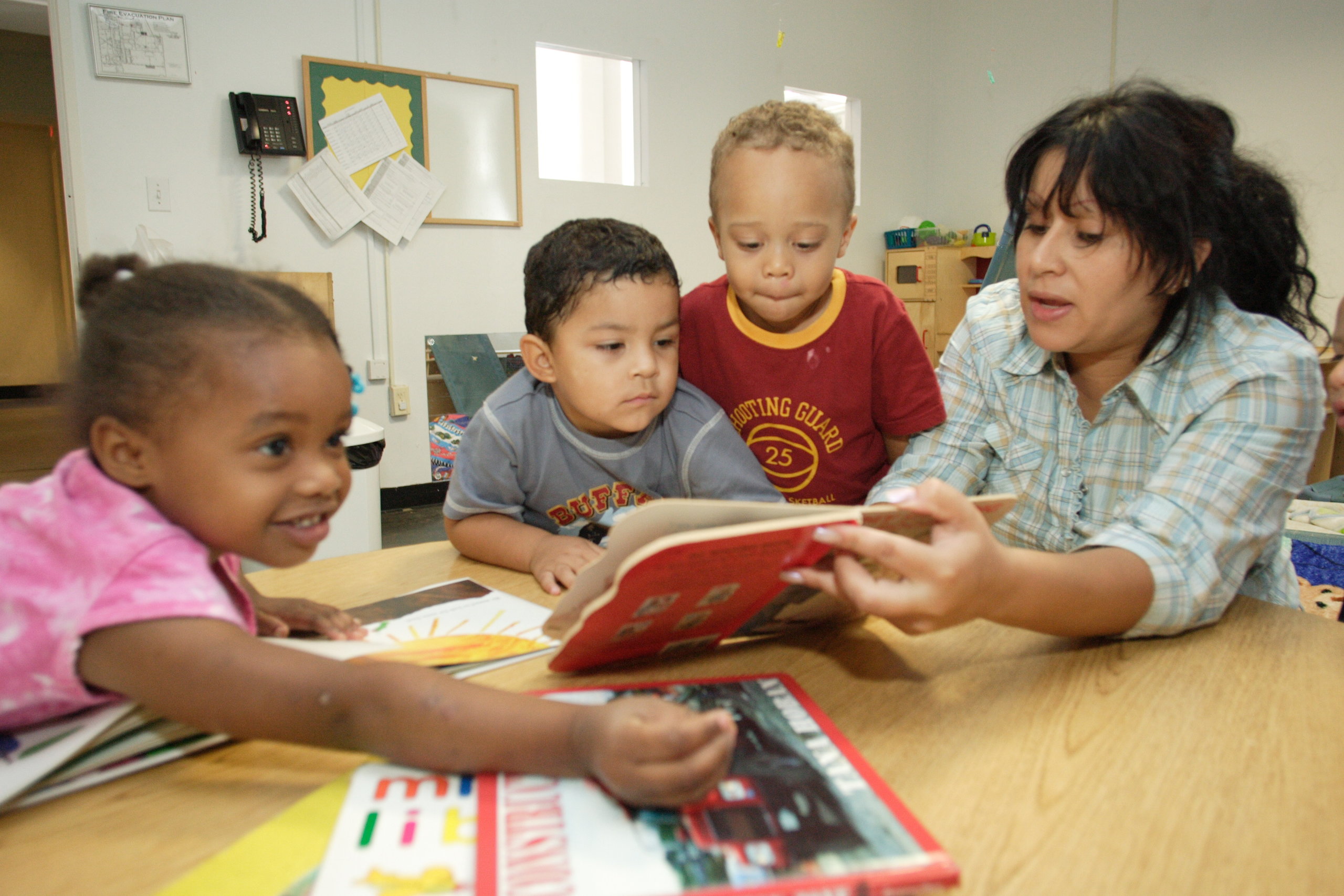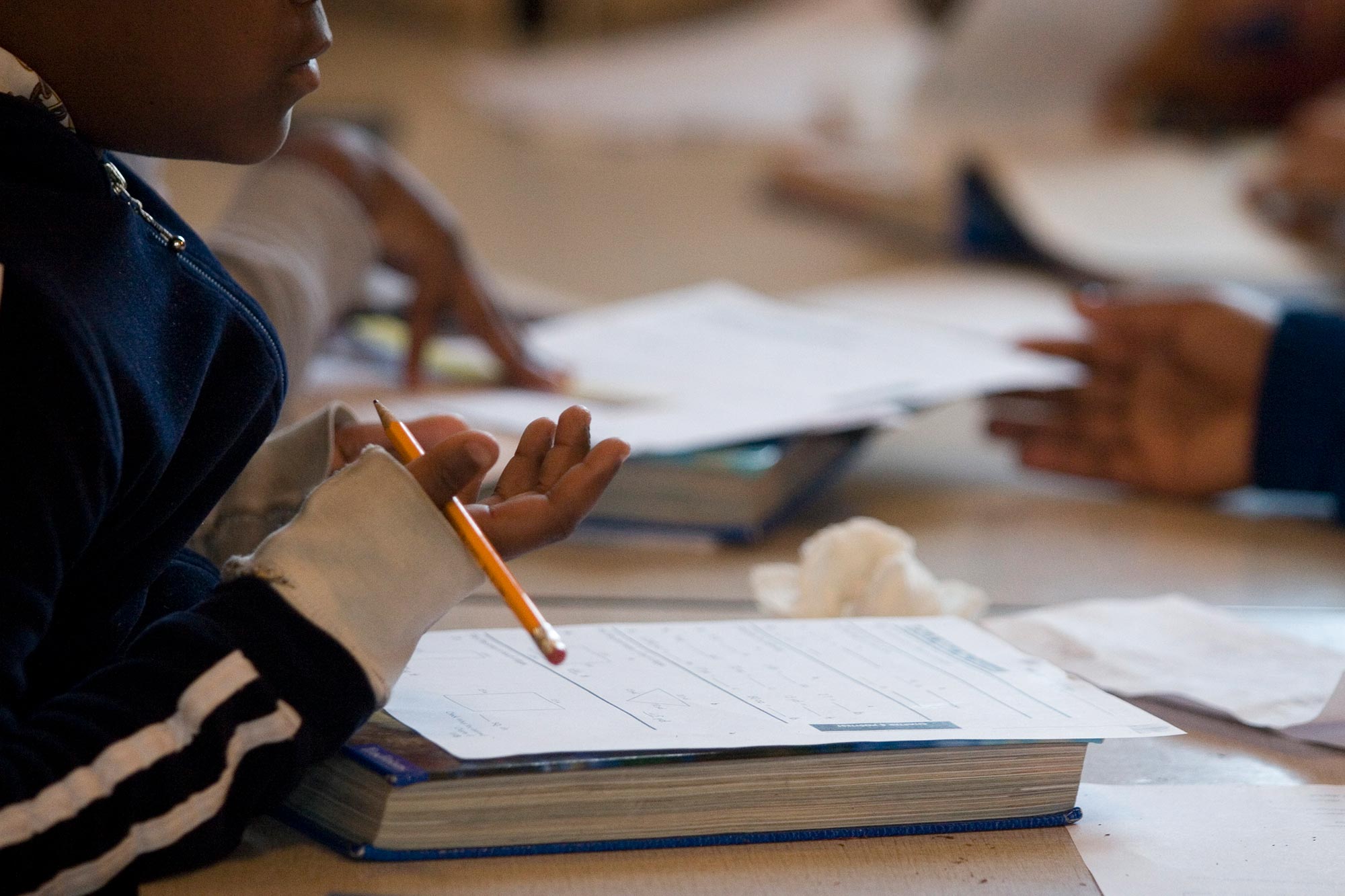New UnidosUS Report Chronicles the State of Latino K-12 Education—and How to Improve It for All
A new report from UnidosUS makes clear, we must do more to ensure that our schools fully unlock the potential of Latino students.
Latino students are a growing and vital part of American schools. In 2020, more than one in four American public-school students was Latino. And while Latino students represent a range of backgrounds, identities, and circumstances, collectively they bring a wealth of talents and experiences that strengthen our schools and our country. Latino students are our future entrepreneurs, leaders, and innovators. That’s why it’s critical for our education system to support Latino students—because better serving them means that everyone benefits.
Unfortunately, as a new report from UnidosUS makes clear, we must do more to ensure that our schools fully unlock the potential of Latino students. Latino Student Success: Advancing U.S. Educational Progress for All explores the steady gains in educational achievement that Latino students have made over the past 30 years in areas such as math and reading proficiency, high school graduation, and college enrollment. These gains are impressive and should be celebrated. But as the report also shows, this progress has been jeopardized by the pandemic, which laid bare longstanding inequities that hold Latino students back. As a result, decades of gains are at risk of being erased by two years of devastating setbacks.

It’s not too late for policymakers to course-correct and ensure that the educational progress of Latino students, and by extension all students, not only resumes but grows in the next phase of the pandemic recovery and over the long term. But to do so, leaders must act now. The report offers a set of bold policy actions that leaders should swiftly take to support Latino students:
- Prioritize actionable data and student-centered accountability by providing transparent data on student learning across states and ensuring compliance with the Every Student Succeeds Act (ESSA) framework for identifying and supporting low-performing schools.
- Provide equitable funding to support low-income students by increasing Title I and ensuring that more investments reach the students who need the most support.
- Build on the assets of multilingual learners by supporting their language and academic development and increasing Title III funding targeted to support English learners.
- Ensure all students have access to inclusive, responsive and welcoming schools.
- Support “anywhere, anytime” learning to close the homework gap.
- Authentically engage with families about education policies and resources.
- To keep students on track for postsecondary education, invest in programs that provide postsecondary guidance to underserved students, double the maximum federal Pell Grant, and increase investments for retention and completion grants.

As we emerge from the pandemic, we have the opportunity to reimagine our education system to build on each student’s unique strengths and allow them to achieve their full potential. Investments in Latino students are investments in all students—and in the future strength and prosperity of our nation.





